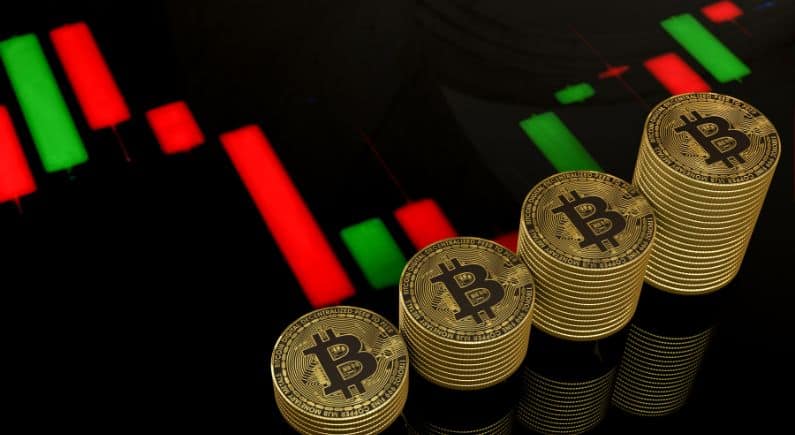Sei Labs launches Sei v2 as major upgrade to layer-1 blockchain

Tech developer company Sei Labs has recently unveiled the version 2 upgrades for its Layer-1 blockchain, Sei L1 network. The company announced Sei v2 on November 29, claiming it to be “the first parallelized EVM blockchain.”
“This major proposed update from Sei Labs aims to deploy a backward compatible Ethereum execution environment integrated into Sei’s core binary, inheriting Sei’s advanced twin-turbo consensus mechanism and optimistic parallelization capabilities, while remaining fully composable with Sei’s existing wasm environment,” the company statement on X read.
Excited to announce Sei v2 – the first parallelized EVM, allowing Sei to get the best of Solana and Ethereum – a hyper optimized execution layer that benefits from the tooling and mindshare around the EVM
A technical 🧵 pic.twitter.com/CeNWZiGpsF
— Jay (@jayendra_jog) November 29, 2023
It emphasized that this approach enabled any Ethereum or Ethereum Layer 2 application to deploy on Sei, leveraging Sei’s speed and throughput. Users could engage with the platform using common tools like Metamask.
Sei Labs plans to integrate Geth, short for Go Ethereum, to support Ethereum Virtual Machine (EVM). Geth is a command-line interface enabling developers to operate full Ethereum nodes, mine cryptocurrency, and execute smart contracts. It stands as a fundamental component in the Ethereum network’s functionality.
This integration streamlines the migration of Ethereum-powered smart contracts to the Sei platform. Developers can leverage this enhancement to build decentralized applications (dApps) aligned with Ethereum standards on the Sei platform.
The enhanced Sei L1 network aims to benefit applications seeking mass adoption, including scalable high-performance decentralized exchanges (DEXes), massive multiplayer games, global payment and settlement platforms, and NFT projects designed for broad audiences.
These upgrades will position Sei as a swift and cost-effective option for cryptocurrency trading. Sei Labs has confirmed completing the audited upgrade code set for release in Q1 2024.
Success with V1
Sei v1 was released on its mainnet beta on August 13, 2023, using Cosmos SDK. The release followed a successful fundraising campaign that secured $30 million from investors like Jump Trading and Multicoin Capital.
Since its launch, Sei has been consistently pushing the boundaries of what was previously deemed possible with a globally distributed set of nodes. Notably, Sei has achieved the fastest block finalization at 390ms, solidifying itself as the quickest chain in existence.
It also maintains a robust transaction rate, exceeding 45 transactions per second (TPS), making it the second-highest-performing chain for successful transactions.
As of now, Sei requires smart contract developers to specify the state used by smart contracts optionally, causing increased developer friction. However, with Sei V2, developers will no longer need to define state access. The chain will execute all transactions optimistically in parallel.
In case of conflicts where transactions impact the same state, the chain will track the storage parts each transaction interacts with. Transactions interacting with different storage areas will be rerun simultaneously. Those affecting the same state will be rerun sequentially.
This recursive process continues until all conflicts are resolved. As transactions are ordered in a block, it’s a deterministic process that streamlines the developer workflow while maintaining parallelization at the chain level.
Ongoing competition and discourse
Sei’s claim of being the “first parallelized EVM blockchain” faces disagreement from Solana Foundation’s head of strategy, Austin Federa.
While specific details of Federa’s statement are unavailable, his disagreement highlights the ongoing competition and discourse surrounding the development of parallelized EVM blockchains.
The V2 upgrades propel Sei into the competitive EVM market, directly competing with networks like Kava and Kujira that target traders. DefiLlama data indicates Sei’s total value locked (TVL) at just over $3 million. This figure is significantly lower than Kava and Kujirva, both boasting TVLs exceeding $50 million at press time.
On November 29, Sei’s native token (SEI) witnessed a 10 percent decline amid a broader market dip triggered by Bitcoin’s push towards $40,000 and beyond.









